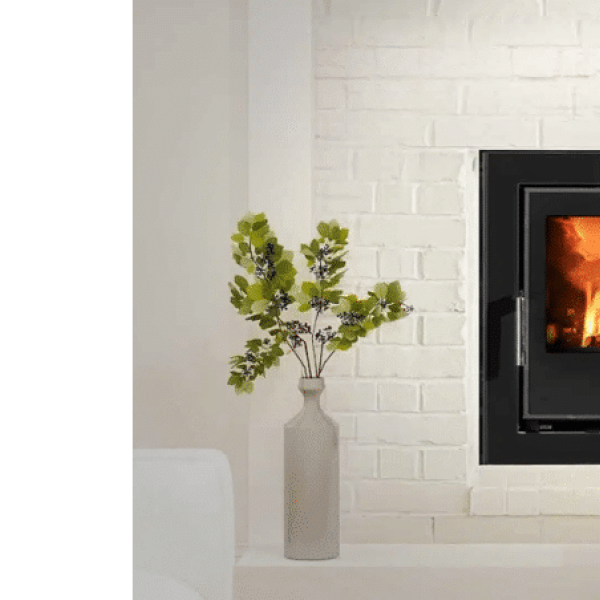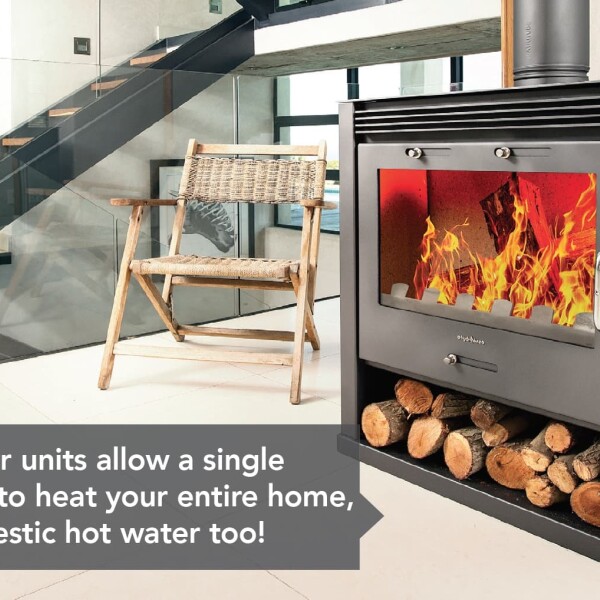Freestanding vs Built-In Fireplaces: Which is Better for Your South African Home?
Fireplaces are more than just a source of warmth—they’re a centrepiece of comfort, style, and ambience in South African homes. Whether you're upgrading your lounge for winter or building your dream home in Johannesburg or Cape Town, one key decision stands out: freestanding vs built-in fireplaces— which is better?
In this guide, we compare these two popular fireplace types, explore their benefits and challenges, and help you choose the right one with expert advice from Hydrofire, South Africa’s trusted name in heating solutions.
What Is a Freestanding Fireplace?
The Essentials
A freestanding fireplace is a self-contained unit that does not require mounting into a wall or structure. It stands independently, often on a steel or ceramic base, and uses a visible flue pipe to vent smoke outside. These fireplaces are available in various shapes and sizes, making them suitable for both modern and rustic homes.
Key Advantages
- Flexibility in installation and placement: You can install a freestanding fireplace in almost any part of your home, provided there's adequate ventilation and safe distance from walls and flammable materials.
- Quicker setup with minimal structural changes: Since there's no need to build a cavity, the process is faster and less invasive.
- Bold aesthetic appeal: The exposed flue and prominent structure make it a natural focal point in any room.
- Ideal for open-plan homes and cabins: Freestanding fireplaces radiate heat in all directions, making them highly effective for large spaces.
Hydrofire offers an extensive collection of freestanding fireplaces, featuring both traditional wood-burning and modern models that deliver style and performance.
What Is a Built-In Fireplace?
The Essentials
Built-in fireplaces are recessed into a wall or custom-built cavity. They usually integrate with the architecture of the room, often hidden behind glass or a mantle. The flue is discreetly connected through the wall or roof, giving the entire setup a sleek appearance.
Key Advantages
- Seamless architectural integration: These fireplaces blend effortlessly into interior spaces.
- Space-saving design: Because they don’t protrude into the room, they are perfect for smaller areas.
- Ideal for modern interiors and compact rooms: Their minimalist look complements contemporary design.
- Hidden flue adds to a clean, minimalist finish: This allows for creative surround features like stone or tile facades.
With Hydrofire’s built-in fireplaces, homeowners enjoy luxury-grade heating without sacrificing floor space or aesthetic elegance.

Comparing Heat Output and Efficiency
Freestanding Fireplaces
Freestanding units radiate heat from all exposed surfaces. The open structure and direct contact with the room air make them extremely efficient at heating large or open spaces. These units also heat up quickly and continue radiating warmth even after the fire dies down.
Built-In Fireplaces
While built-in fireplaces are enclosed, they often include advanced technology like heat exchangers or built-in fans to push warm air into surrounding spaces. They’re highly efficient, especially in small rooms or homes designed with heat flow in mind.
Hydrofire ensures all their fireplaces—freestanding or built-in—are optimized for energy efficiency and compatible with insulated flue systems that help retain and circulate heat effectively.
Installation: Which Is Easier?
Freestanding
- Minimal construction required: Great for retrofit projects or existing homes.
- Shorter installation time: Often completed in a day or two.
- Fewer permissions and regulations: Especially when no structural changes are made.
Built-In
- More involved construction: May require professional masonry, carpentry, and electrical work.
- Longer timelines: Can take a week or more, depending on the complexity.
- Ideal for new builds: Integrating a built-in unit during construction ensures a perfect fit.
Hydrofire provides comprehensive installation services, guiding you through layout decisions, compliance with building codes, and efficient flue routing for both systems.
Design and Aesthetic Considerations
Freestanding
Freestanding fireplaces often act as bold, rustic or industrial focal points. The exposed flue adds a vertical design element, and the variety of shapes—from cylindrical to boxy—allows for creative room layouts. Perfect for eclectic or farmhouse-style homes.
Built-In
With clean lines and a flush appearance, built-ins are the preferred choice for minimalist and luxury interiors. They can be framed with modern finishes like glass, marble, or even concrete to match high-end aesthetics.
Whether your taste is classic, contemporary, or something in between, Hydrofire offers styles to suit every visual identity and spatial requirement.
Space Efficiency and Room Layout
Freestanding
Because of their 360-degree heat dispersion, freestanding units need open space around them. You’ll also need room to access the ash pan and maintain safe distances from furniture.
Built-In
Built-ins hug the wall, preserving floor area and improving traffic flow in smaller rooms. They can be placed in corners, beneath TVs, or even double-sided for room-dividing warmth.
Hydrofire’s design team can help you evaluate your space and layout to maximize heating performance without compromising aesthetics.
Maintenance and Accessibility
Freestanding
These fireplaces are easier to access for cleaning, ash removal, and occasional re-coating or polishing. You can quickly identify any issues with soot or residue.
Built-In
Accessing the firebox or chimney often requires special tools or disassembly. Regular maintenance may involve accessing the cavity or removing facade panels.
Both models from Hydrofire are engineered with easy-clean features and durable, corrosion-resistant materials to minimize long-term upkeep.
Cost Considerations
Upfront Costs
Freestanding fireplaces are generally more affordable to purchase and install. You avoid the costs of structural work, framing, or masonry.
Long-Term Value
Built-in units may cost more upfront but could increase your home's resale value due to their permanent and polished look. Freestanding units can be relocated or upgraded more easily.
Hydrofire offers options at multiple price points to ensure homeowners can find the right match for their needs and budget—without compromising on performance.
Safety and Building Code Compliance
All fireplace must meet South African safety standards. This includes adequate clearances, heat-resistant materials, proper flue venting, and CO2 prevention systems.
Freestanding
- Floor protection is essential
- Distance from walls and furnishings must be maintained
- Easier inspection and safety checks
Built-In
- Requires proper insulation of cavity
- Ventilation must be engineered to avoid heat buildup
- Final inspection is critical before use
Hydrofire’s certified installers ensure all units comply with SABS safety codes and building regulations, offering peace of mind with every installation.

Which Fireplace Is Best for You?
Choose Freestanding If:
- You’re retrofitting an existing home
- You like bold, central room features
- You want fast, budget-friendly installation
Choose Built-In If:
- You’re building or fully renovating
- You want a sleek, seamless design
- You need to conserve floor space
Whichever style you choose, Hydrofire’s high-quality freestanding and built-in fireplaces offer unmatched value, efficiency, and beauty tailored for South African homes.
Freestanding vs Built-In Fireplaces—Hydrofire Has You Covered
Choosing between a freestanding vs built-in fireplace is about more than just aesthetics. It’s about your lifestyle, your space, and how you want to experience warmth and comfort. Both types offer exceptional performance and style when you choose Hydrofire—a brand trusted for innovation, quality, and South African climate expertise.
Explore the collections and speak with a Hydrofire consultant to discover the perfect fireplace for your home.
Warm your world—with Hydrofire.

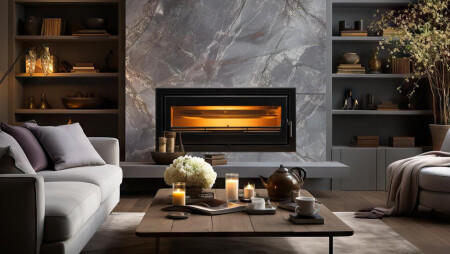
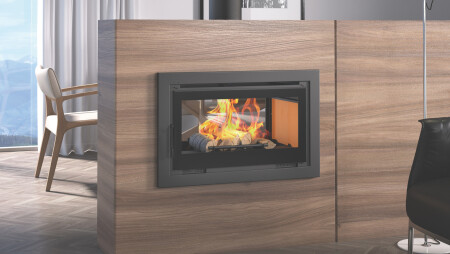
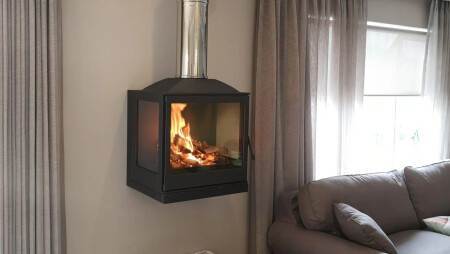
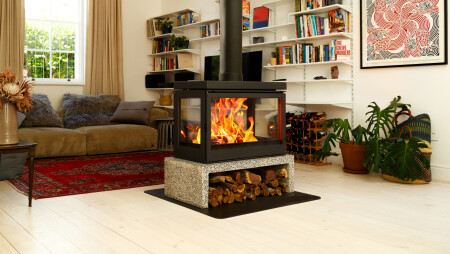

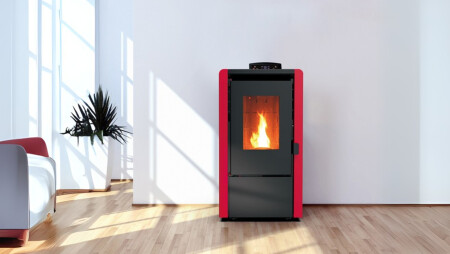

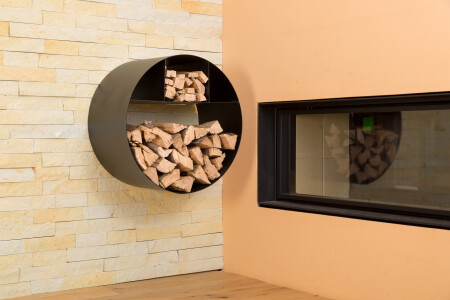


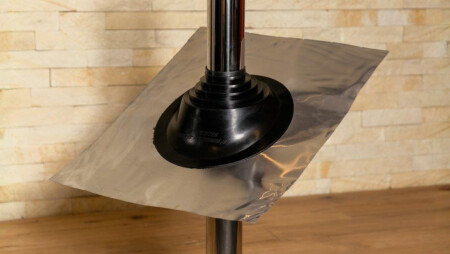
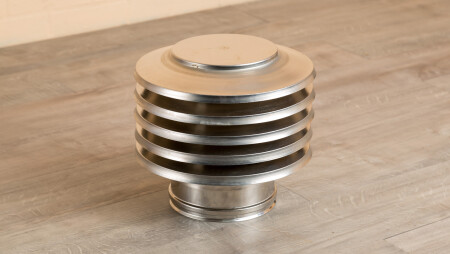
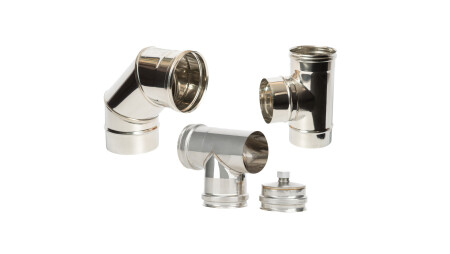


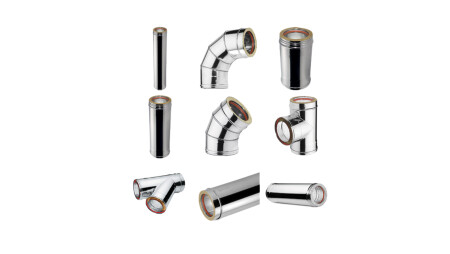
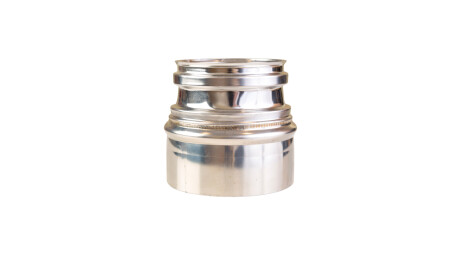
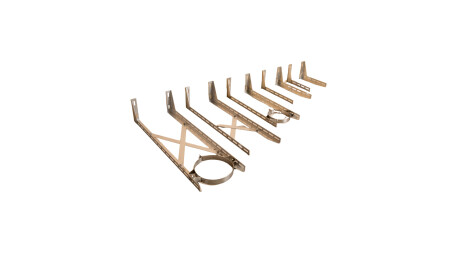

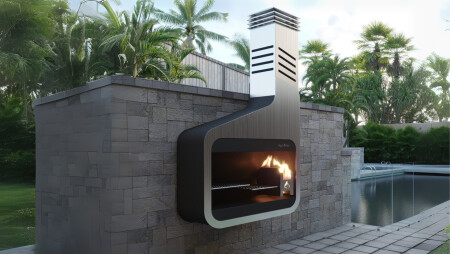
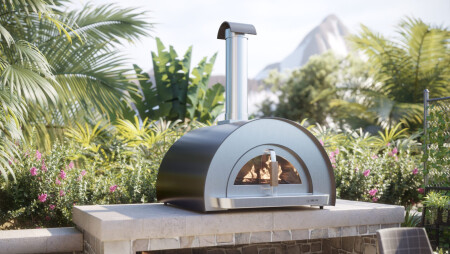
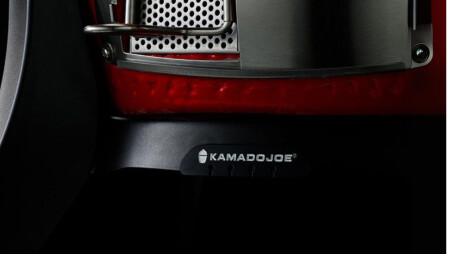
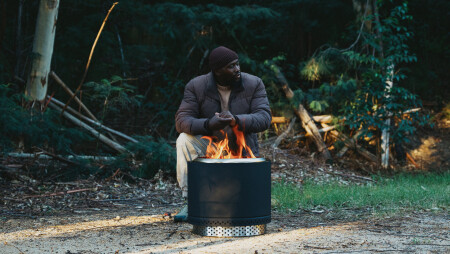
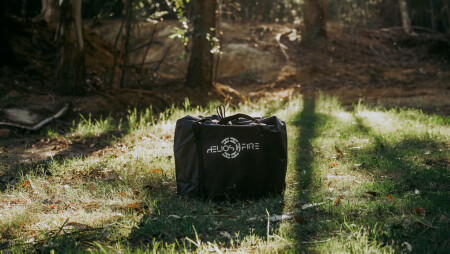

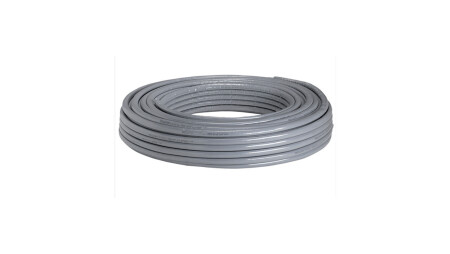

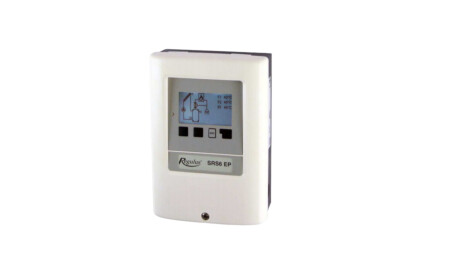
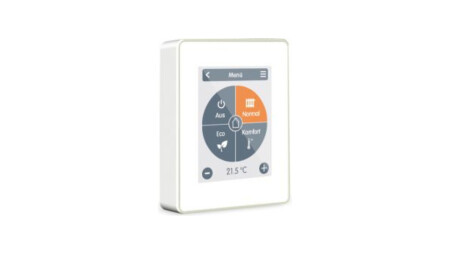


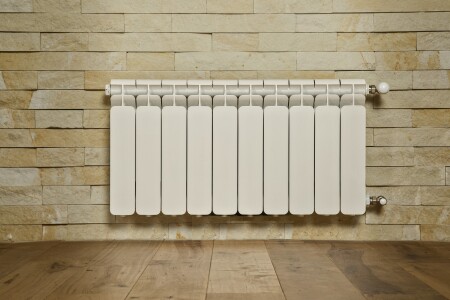
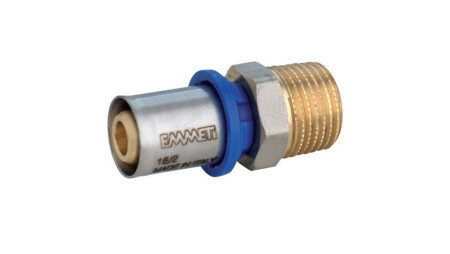

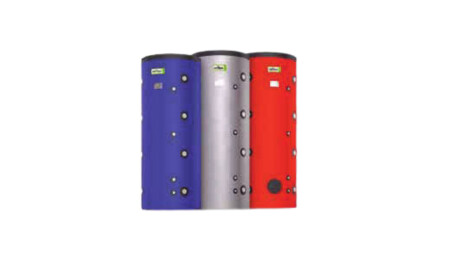
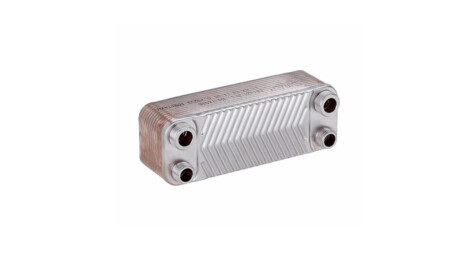
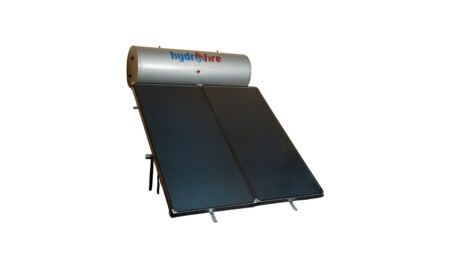
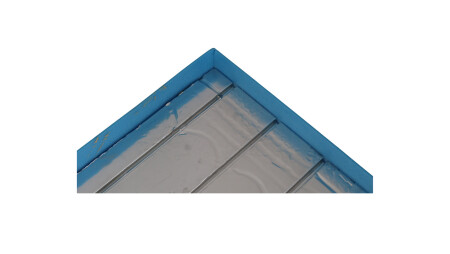
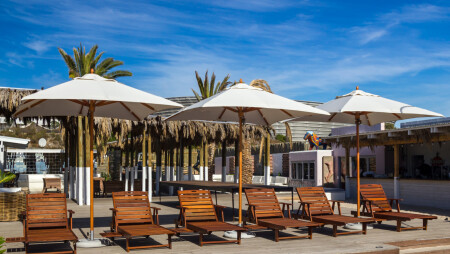
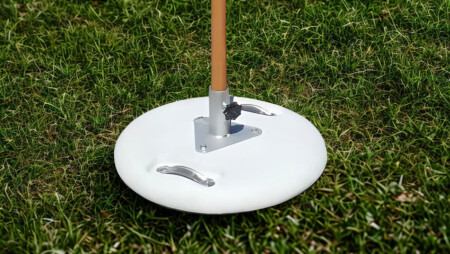
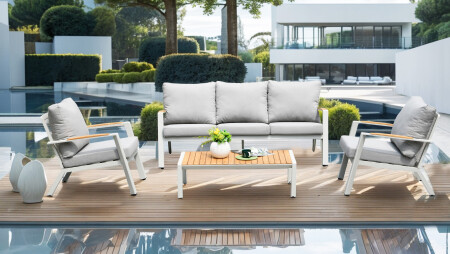
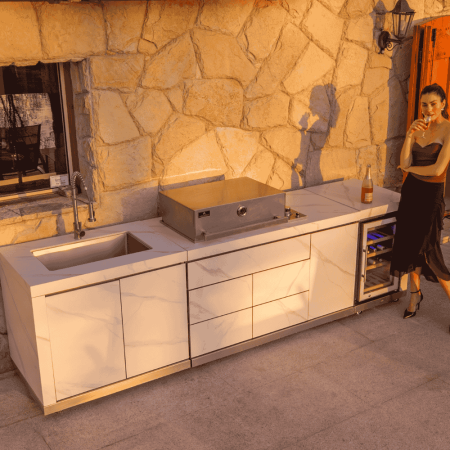
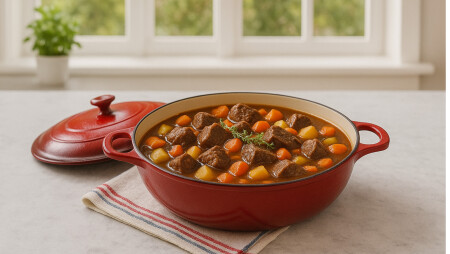
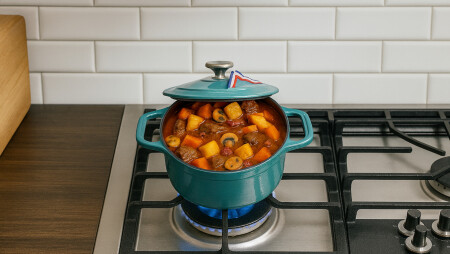



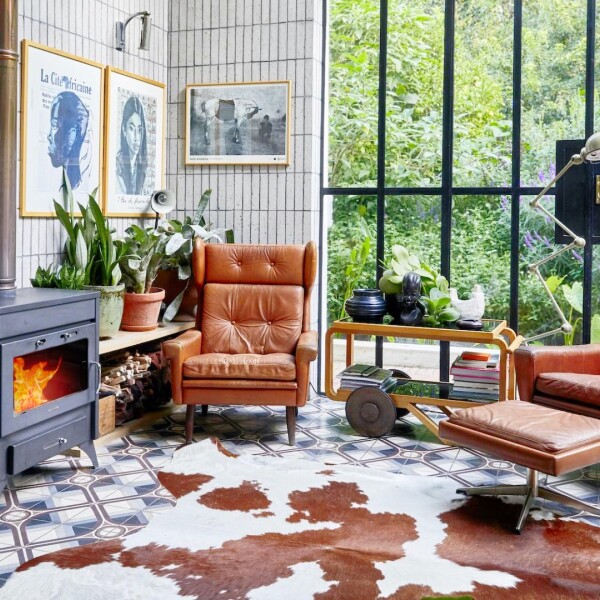
.jpg)
.jpg)
.jpeg)
.jpg)
